Bumblebees (genus Bombus), sometimes called "large bees," are among the most robust, hairy, and important pollinators in the world. With around 250 species across 15 subgenera, bumblebees play a crucial role in maintaining biodiversity and agricultural productivity. This article introduces 12 of the most common bumblebee species globally, including their names, distribution, appearance, and ecological significance.
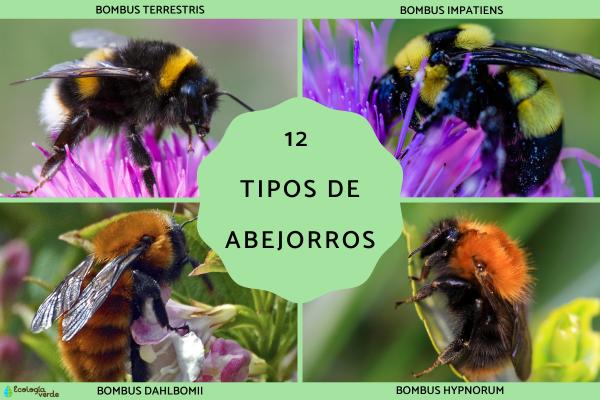
Bumblebees belong to the family Apidae and the genus Bombus. Most species are vital pollinators for wild and cultivated plants, while some—known as “cuckoo bumblebees”—are social parasites that don’t collect pollen but invade the nests of other bumblebee species.
Also known as the European buff-tailed bumblebee, this is the most common species in Europe. It has been introduced worldwide as a greenhouse pollinator due to its efficiency, but its spread has raised concerns about displacing native bumblebee species. Workers carry pollen in special baskets (corbicula) on their hind legs.
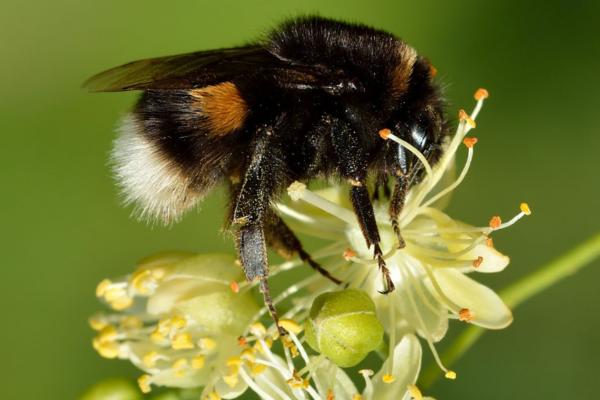
Widespread across North America, this adaptable bumblebee is found in both natural and urban areas. It is one of the continent’s most important pollinators, responsible for wildflowers and greenhouse crops alike. The species name comes from its fondness for Impatiens flowers.

Native to southern South America (Chile and Argentina), the Chilean bumblebee is the largest bumblebee species in the world, with queens reaching up to 4 cm. Its orange coloration is striking. Unfortunately, this species is endangered due to competition from introduced bumblebees.
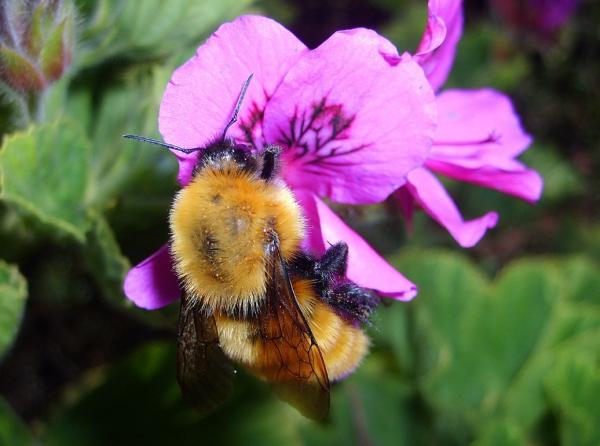
Originating from Eurasia, the tree bumblebee has spread to places like the UK. It prefers to nest in trees, birdhouses, or even man-made structures. Its thorax is orange, abdomen black, with a distinctive white tail.

The largest European bumblebee, Bombus ruderatus has a long tongue to reach deep flowers. Its body is black with yellow stripes. It is used in crop pollination but can become invasive and threaten native bumblebees.
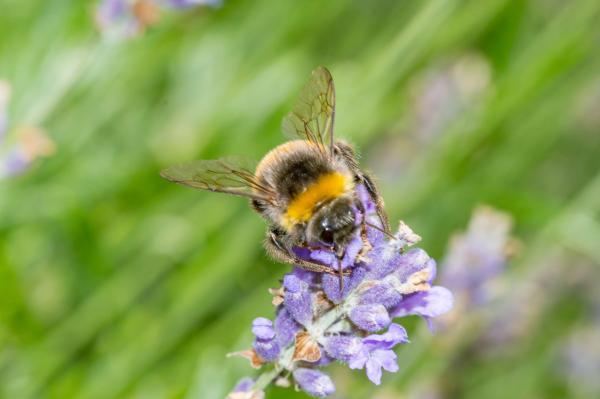
Found in North American forests, this species is black with yellow stripes and has a long tongue, allowing it to feed on asters, thistles, and vetches.

Native to North America, this species is recognizable by a black spot among the yellow back hairs, followed by yellow and then black segments on the abdomen. It prefers dense forests and visits asters, milkweeds, and Penstemon flowers.

This species builds its nest on or just below the ground, using moss to cover the nest—hence the name "moss carder." It’s orange-yellow and frequents open fields, feeding on clovers and asters.
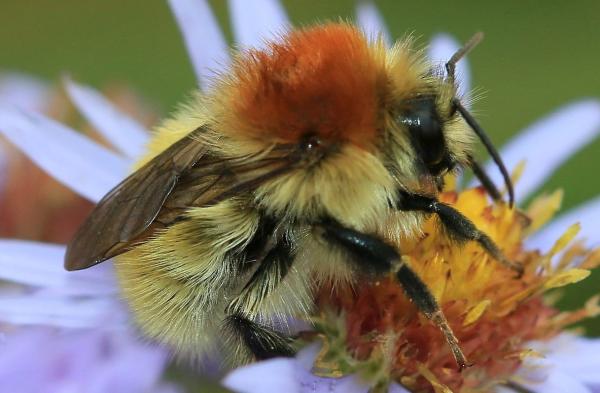
Widespread in Europe, including cities and gardens, this bumblebee is orange with a black lower body and white lines along the sides of the females. It pollinates white clover and aster flowers, nesting in leaf litter.

Native to North America, this species is pale yellow with a black tip at the end of the abdomen. Populations are declining and it is now rare. It prefers thistles, clovers, and Monarda (bee balm).
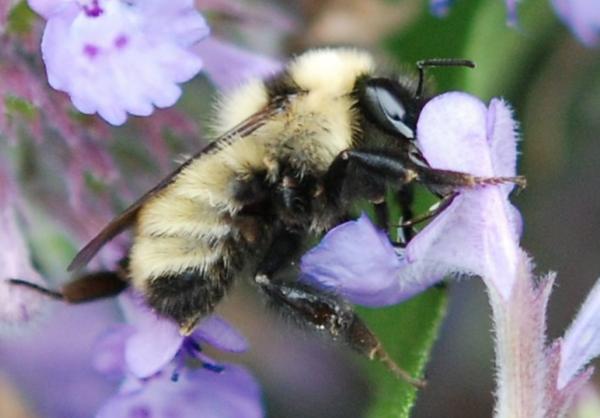
Part of the subgenus Psithyrus, field cuckoo bumblebees are social parasites—they don’t collect pollen but invade the nests of other carder bumblebees, killing the resident queen and having the workers raise their young. They are yellow with black stripes.

Another cuckoo bumblebee, Bombus bohemicus produces only reproductive males and females and has no worker caste. It is native to Eurasia and is the most common cuckoo bumblebee in Europe, with a white tail.
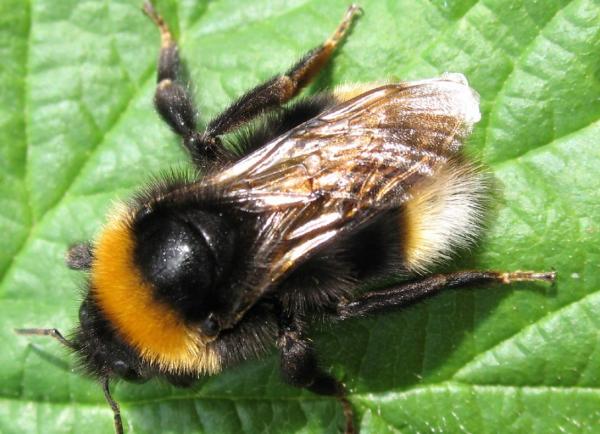
Size and hair: Bumblebees are larger and hairier than honeybees.
Nesting habits: Bumblebees nest on or under the ground, while honeybees prefer tree cavities or hives.
Buzz: Bumblebees create a loud buzzing sound; honeybees are quieter.
Cold tolerance: Bumblebees can withstand colder climates, thriving further north.
Bumblebees are irreplaceable pollinators for both agriculture and wild ecosystems. Their decline or displacement can have cascading effects on plant diversity and food production. Protecting native bumblebee populations and preventing invasive introductions are crucial for ecosystem health.
Bibliografía
Williams, P., Thorp, R. Richardson, L. & Colla, S. (2014) Bumble Bees of North America. New Jersey: Princeton University Press.
Bumblebee Conservation Trust (s.f.) Bumblebee ID guide. Disponible en: https://www.bumblebeeconservation.org/bumblebee-species-guide/
Bumble Bees of Wisconsin (s.f) Online guide of bumble bees. Disponible en: https://wisconsinbumblebees.entomology.wisc.edu/online-guide/species/
animal tags: Bumblebees
We created this article in conjunction with AI technology, then made sure it was fact-checked and edited by a Animals Top editor.